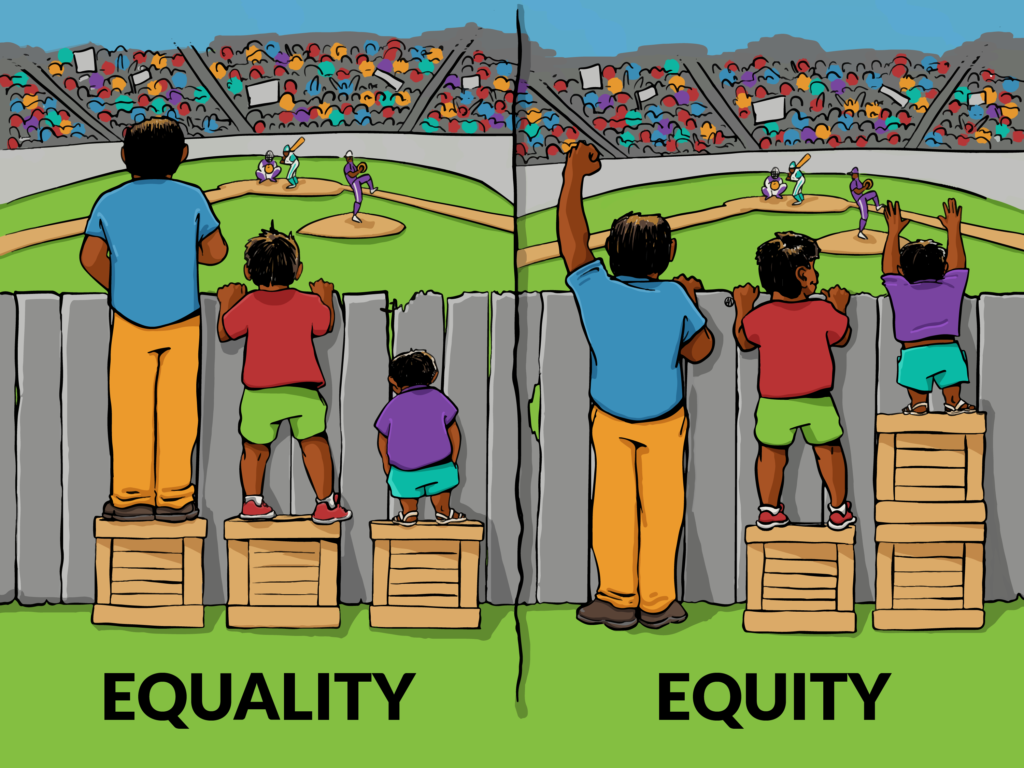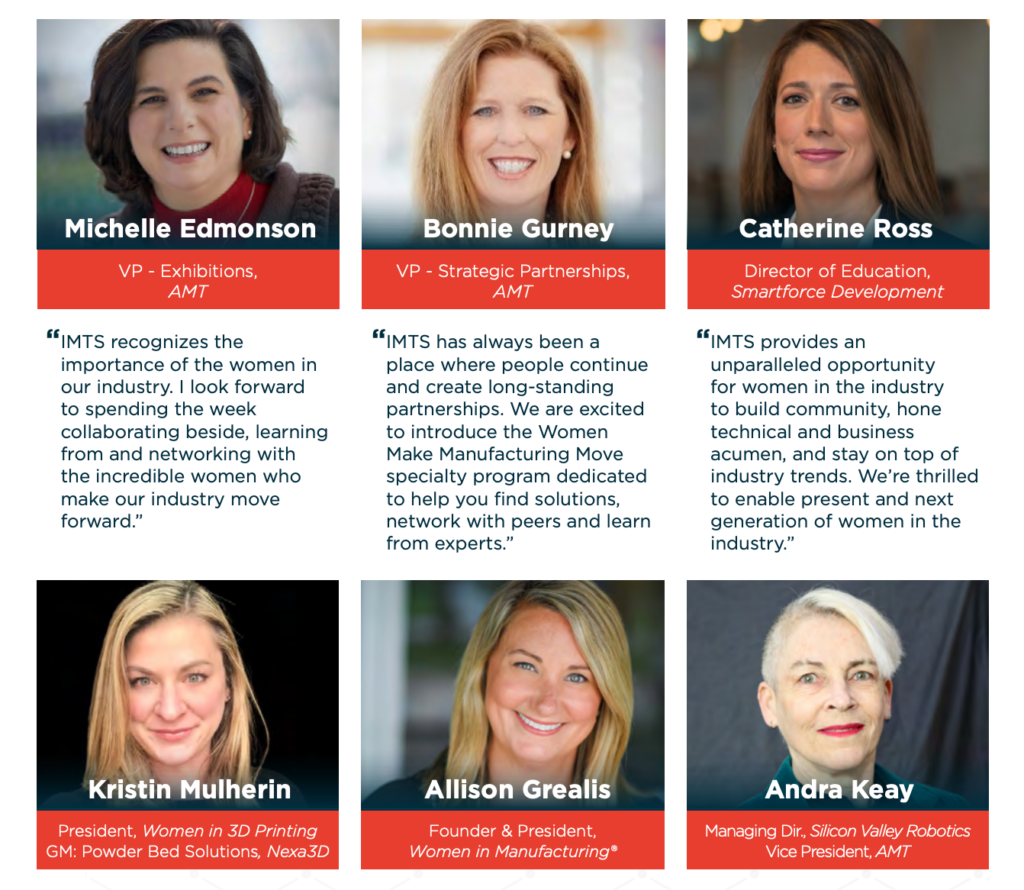Researchers develop humanoid robotic system to teach Tai Chi
Festo Didactic and SICK release new curriculum for Robot Safety Awareness
A robot made of sticks
Regaining the Ability to Walk Independently
Women in Tech leadership resources from IMTS 2022
There’ve been quite a few events recently focusing on Women in Robotics, Women in Manufacturing, Women in 3D Printing, in Engineering, and in Tech Leadership. One of the largest tradeshows in the US IMTS 2022 kicked off with a Women Make Manufacturing Move Reception, with Allison Grealis, President of Women in Manufacturing, Andra Keay, President of Women in Robotics and Kristin Mulherin, President of Women in 3D Printing, ahead of a program packed with curated technical content and leadership sessions. (see the resource list below)
On Tuesday, I also moderated the A3 Webinar “Robots and Beyond Roundtable: How Women in Robotics and Automation are Changing Manufacturing” with Joanne Moretti, CRO of Fictiv, Jackie Ram, VP of Operations, IAM Robotics, Jessica Moran, SVP and General Manager, Berkshire Grey, and Mikell Taylor, Principal Technical Program Manager, Amazon Robotics.
And on Thursday Sept. 15 I moderated a panel on “Reaching New Heights: Women in Tech Leadership” with Meaghan Ziemba, Owner, Z-Ink Solutions and Host, Mavens of Manufacturing Podcast, Nicole Wolter, President & CEO, HM Manufacturing, Laura Elan, Senior Director of Cybersecurity, MxD. We discussed so many great resources during our panel precall, that we really wanted to put together a list that could be shared more widely after the events were over.

Resources for Women in Tech Leadership:
Suggestions from Nicole Wolter;
- Sporting experience is a great pathway into leadership for women who often miss out on formal leadership training or experiences.
- Find mentors and champions (male or female) with an eye towards helping you develop your career pathway and deal with your next challenges.
- Build on your strengths, while we can always improve we should embrace your strength.
- The Goal is a great book about running a company. (now also available as a Business Graphic Novel)
- Crucial Conversations, Tools for Talking When Stakes are High by Joseph Grenny, Kerry Patterson and Ron McMillan
From Meaghan Ziemba;
- the Mavens of Manufacturing Podcast, celebrating women from the shop floor to the C-suite.
- Steel Toes and Stilettoes by Shannon Karels and Kathy Miller, a true story of women manufacturing leaders and lean transformation success
- Turn the Ship Around, a True Story of Turning Followers into Leaders, by L. David Marquet, and Stephen R. Covey
- Leaders Eat Last, Why Some Teams Pull Together and Others Don’t, by Simon Sinek
- Start with Why, How Great Leaders Inspire Everyone to Take Action, by Simon Sinek
- Business Made Simple: 60 Days to Master Leadership, Sales, Marketing, Execution Management, Personal Productivity and More, by Donald Miller
- Twelve and a Half: Leveraging the Emotional ingredients Necessary for Business Success by Gary Vanyerchuk
From Laura Elan;
- Presence by Amy Cuddy, bringing your biggest boldest self
- Ted Talk: Amy Cuddy, “Your body language may shape who you are”
- Leadership Development: Center for Creative Leadership
- Equality vs Equity image
Other Resources:
- Xena Workwear for Women founded by Ana Kraft
Hardworking women deserve footwear that is both beautiful and strong. Xena Workwear’s women’s steel toe boots & safety shoes are handcrafted with high-quality materials, look stunning, and are not bulky or masculine. Each style is ASTM certified and handcrafted to help you feel safe and confident. (not just footwear!)



But wait, there’s more!
Additionally, you can find interviews with some of these kickass women in the IMTS+ coverage.
Stop by the #IMTSCreatorsLounge at #IMTS2022, where mfg Influencers & content creators like Meaghan Ziemba, will come to connect & share their stories. FIND us in the South Building, Booth #338600 to get an inside look at industry influencers!#WeAreAllCreators #IMTSCreators pic.twitter.com/oEWaD88cxd
— IMTS (@IMTSchicago) August 24, 2022
IMTS+ In Conversation With Host, Tim Shinbara, Chief Technology Officer, AMT – The Association for Manufacturing Technology interviews Barbara Humpton, President & CEO, Siemens Corporation.
https://www.imts.com/watch/video-details/In-Conversation-With-Barbara-Humpton/199
Join IMTS+ Host, Marley Kayden for IMTS Unwind from Wednesday at the show. Featuring live interviews with: Nicole Wolter, President & CEO, HM Manufacturing; Aneesa Muthana, President, CEO, and Owner of Pioneer Service, Inc.; Yvonne Wiedemann, President & Owner of CAM Logic; Austin Schmidt, President of Additive Engineering Solutions; Max Egan, and Travis Egan, Chief Revenue Officer, AMT – The Association for Manufacturing Technology.
https://www.imts.com/watch/video-details/IMTS-Unwind-Wednesday-September-14-2022/198
Join IMTS+ Host Marley Kayden for IMTS Today, Friday, September 16: Featuring: Dr. Jeffrey Ahrstrom, CEO, Ingersoll; Meaghan Ziemba, Owner, Z-Ink Solutions, Founder & Host, Mavens of Manufacturing; Mitch Free Founder & CEO, ZYCI and Trusted Source; and John Dyck, CEO, CESMII: The Smart Manufacturing Institute.
https://www.imts.com/watch/video-details/IMTS-Today-Friday-September-16-2022/204
Join IMTS+ Host, Marley Kayden for IMTS Unwind. Featuring live interviews with: Tim Shinbara, Chief Technology Officer, AMT – The Association for Manufacturing Technology; Jeremy Nyenhuis, Owner of J3 Machine & Engineering, LLC.; and Courtney Tate, Owner of Ontime Quality Machining. Additional live interviews with social media influencers James Soto, Founder & CEO, INDUSTRIAL and Partnership Advocate; and Charli K. Matthews, Founder & CEO, Empowering Pumps & Equipment, and Champion of Women.
https://www.imts.com/watch/video-details/IMTS-Unwind-Monday-September-12-2022/188